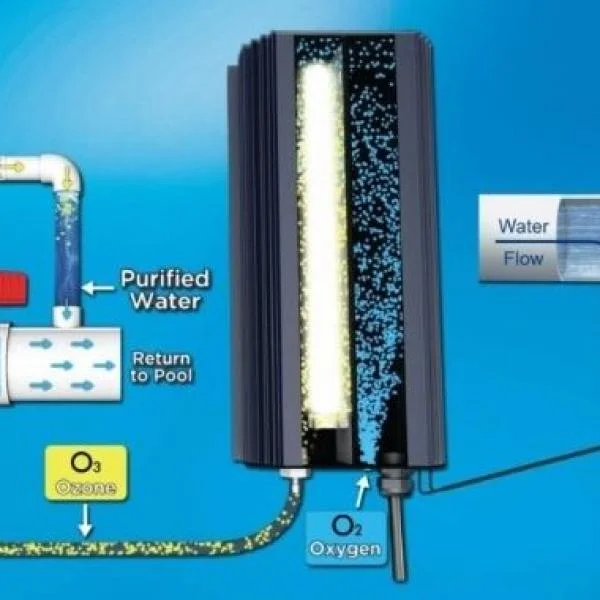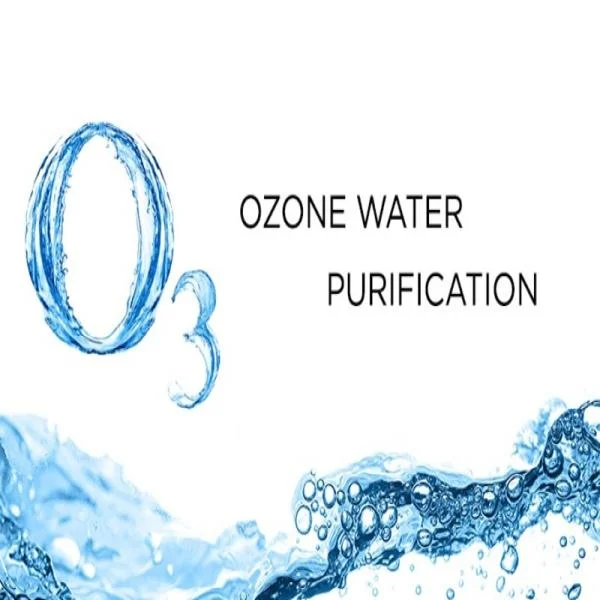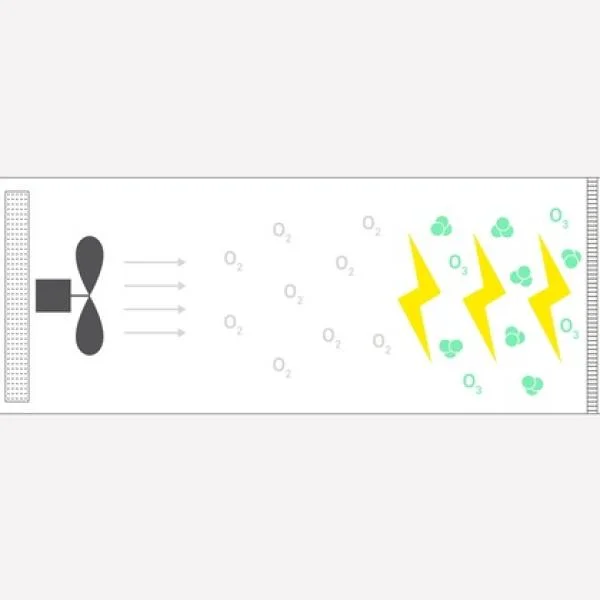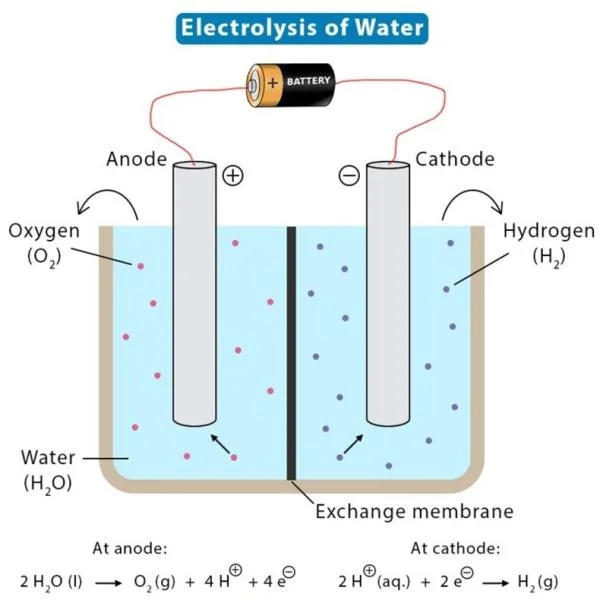
Silver ions have emerged as a powerful tool in the fight against harmful microorganisms. This article delves into the science behind silver ion technology, its applications, and the numerous benefits it offers across various industries. From water treatment to medical devices, silver ionic are revolutionizing how we approach sanitation and hygiene.
What Are Silver Ions?
Silver ions, denoted as Ag+, are silver atoms that have lost one or more electrons. This loss of electrons gives them a positive charge, making them highly reactive. As an inorganic, natural mineral, silver has long been recognized for its antimicrobial properties. In its ionic form, silver becomes an even more potent agent against a wide range of microorganisms.
Silver Ion Formula
The chemical formula for silver ions is simply Ag+. This seemingly simple structure belies the complex interactions that make silver ionic so effective in combating bacteria, fungi, and viruses.
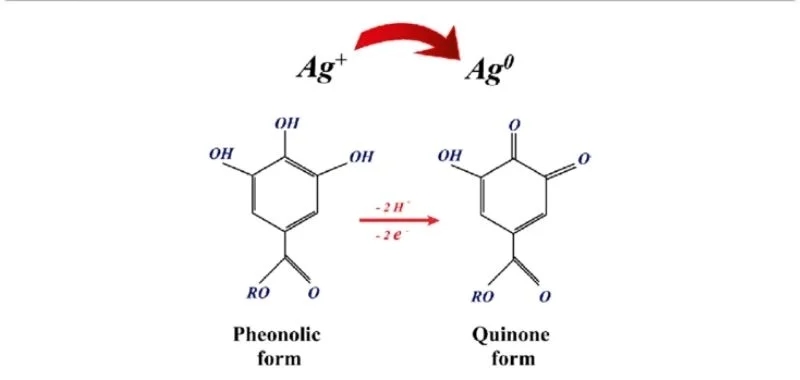
What Are Silver Ions?
The scientific principles of silver ion technology
Silver ion technology harnesses the natural antimicrobial properties of silver in a controlled and efficient manner. But how exactly do these tiny particles work their magic?
Mechanism of Action
- Attraction: Positively charged silver ions are attracted to negatively charged microbial cells upon contact.
- Penetration: Silver atoms pierce through the external surfaces of the cells, gaining access to their internal structures.
- Damage: Once inside, silver atoms damage the cell's DNA and protein structure, halting metabolism and reproduction.
- Continued Action: After rendering the cells inactive, silver atoms continue to act against other microbes, providing ongoing antimicrobial performance.
This process explains why silver ionic are so effective at sterilization without the toxicity or side effects associated with many chemical disinfectants.
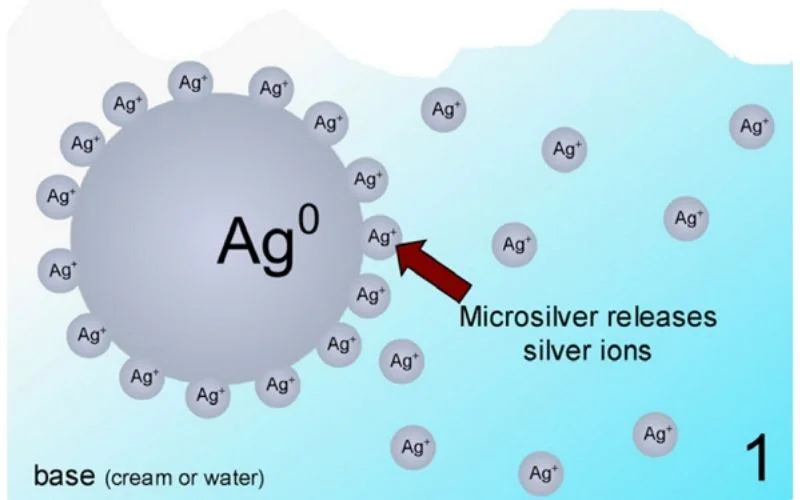
Mechanism Behind Silver Ion Technology
Benefits of Silver Ion Technology
The use of silver ions offers numerous advantages across various applications:
- Broad-Spectrum Efficacy: Silver atoms are effective against a wide range of bacteria, including both Gram-positive and Gram-negative strains, as well as many fungi and viruses.
- Long-Lasting Protection: Unlike some antimicrobial agents that lose effectiveness over time, silver atoms continue to work as long as they are present.
- Low Toxicity: At the concentrations typically used, silver ionic pose minimal risk to human health or the environment.
- Resistance to Bacterial Adaptation: Bacteria are less likely to develop resistance to silver ionic compared to traditional antibiotics.
- Versatility: Silver atoms technology can be incorporated into various materials and products, from textiles to medical devices.
Silver Ion Technology Applications
Silver Ion Water Treatment
One of the most promising applications of silver ion technology is in water treatment. Silver atoms can effectively purify water by eliminating harmful microorganisms without adding harmful chemicals. This makes it an excellent option for both large-scale municipal water treatment and smaller point-of-use systems.
The process of silver ion water treatment typically involves:
- Introducing silver ionic into the water through various methods, such as electrolysis or the use of silver-impregnated filters.
- Allowing the silver ionic to interact with and neutralize microorganisms in the water.
- Removing any excess silver atoms through filtration or other means to ensure the water is safe for consumption.
This method is particularly useful in areas where access to clean water is limited or in emergency situations where rapid water purification is necessary.
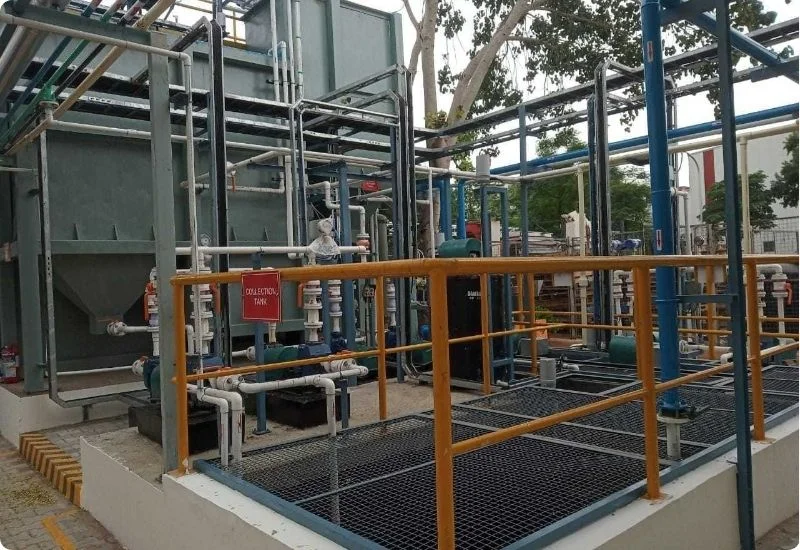
Silver ion technology is in water treatment
Medical Applications
The medical field has embraced silver ion technology for its powerful antimicrobial properties. Some notable applications include:
- Wound Dressings: Silver-infused dressings help prevent infection and promote healing in burns and other types of wounds.
- Catheters and Medical Devices: Coating medical devices with silver atoms reduces the risk of hospital-acquired infections.
- Dental Materials: Silver ionic are incorporated into dental fillings and cements to prevent bacterial growth and reduce the risk of secondary cavities.
- Orthopedic Implants: Silver-coated implants show promise in reducing the risk of infection following joint replacement surgeries.
Consumer Products
Silver ion technology has also made its way into various consumer products:
- Textiles: Clothing, bedding, and other fabrics treated with silver ionic resist odor-causing bacteria and stay fresh longer.
- Home Appliances: Refrigerators, washing machines, and air purifiers often incorporate silver atoms technology to maintain cleanliness and freshness.
- Personal Care Products: Toothbrushes, deodorants, and even cosmetics may contain silver for their antimicrobial properties.

Silver Ion Technology Applications
The Science of Silver Ion Interactions
To fully appreciate the power of silver ion technology, it's essential to understand the specific ways in which it interact with microorganisms.
Protein Denaturation
Silver ions can react with various protein structures within microbial cells:
- They bind to nucleophilic moieties of proteins, such as amino, carboxyl, and imidazole groups.
- This binding leads to protein denaturation, disrupting essential cellular processes.
DNA Interference
Silver Ag+ have a significant impact on microbial DNA:
- They bind to bacterial DNA, interfering with cell replication and proliferation.
- This DNA binding can lead to the formation of condensed DNA molecules that lose their replication abilities.
Metabolic Disruption
The presence of Ag+ disrupts various metabolic processes:
- They interfere with electron transport chains and cellular respiration.
- Ag+ can cause the efflux of metabolites, further compromising cell function.
Challenges and Considerations
While silver ion technology offers numerous benefits, there are some challenges and considerations to keep in mind:
- Dosage Control: Ensuring the right concentration of silver atoms is crucial to maintain efficacy while avoiding potential toxicity.
- Environmental Impact: The long-term effects of increased Ag+ use on ecosystems are still being studied.
- Regulatory Compliance: Different countries have varying regulations regarding the use of silver ionic in consumer products and water treatment.
- Cost: Implementing silver atoms technology can be more expensive than traditional antimicrobial methods in some applications.
Future Prospects
The future of silver ion technology looks bright, with ongoing research and development in several areas:
- Nanoparticle Delivery Systems: Developing more efficient ways to deliver Ag+ atoms using nanoparticle technology.
- Combination Therapies: Exploring the synergistic effects of Ag+ atoms with other antimicrobial agents.
- Sustainable Production: Investigating methods to produce silver ionic more sustainably and cost-effectively.
- Biofilm Prevention: Enhancing the ability of silver atoms to prevent and disrupt bacterial biofilms in medical and industrial settings.
Conclusion
Silver ion technology represents a significant advancement in our ability to combat harmful microorganisms. Its broad-spectrum efficacy, long-lasting protection, and versatility make it a valuable tool in various industries, from healthcare to consumer products. As research continues and new applications emerge, silver ions are poised to play an increasingly important role in creating a cleaner, safer world.
While challenges remain, the benefits of these technology are clear. By harnessing the power of this natural antimicrobial agent, we can develop more effective solutions for water treatment, medical care, and everyday hygiene. As we continue to unravel the mysteries of it, we open the door to a future where microbial threats are more easily managed, leading to improved health outcomes and a higher quality of life for people around the globe.
Related Articles
Silver Ion Water Treatment: The Future of Clean Water Technology
In the quest for pure, safe water, silver ion water treatment has emerged as a revolutionary ...
The Natural Way to Clean Pool Without Chemicals
Maintaining a clean and inviting swimming pool is essential for both enjoyment and health. While ...
Pool Chemicals Explained: Essential Tips for Pool Owners
Swimming pools are a fantastic addition to any home, providing a space for exercise, relaxation, and ...
Water Purification by Ozone and How Does It Work?
Ozone (O₃) is a powerful natural molecule known for its critical role in water purification. It is a ...
Benefits of Using an Ozone Generator for Water Treatment
In recent years, the use of ozone generators for water treatment has gained widespread popularity. ...
Applications Electrolysis of Salt Water and How It Works?
Electrolysis of salt water is a fascinating chemical process with broad applications, from producing ...

